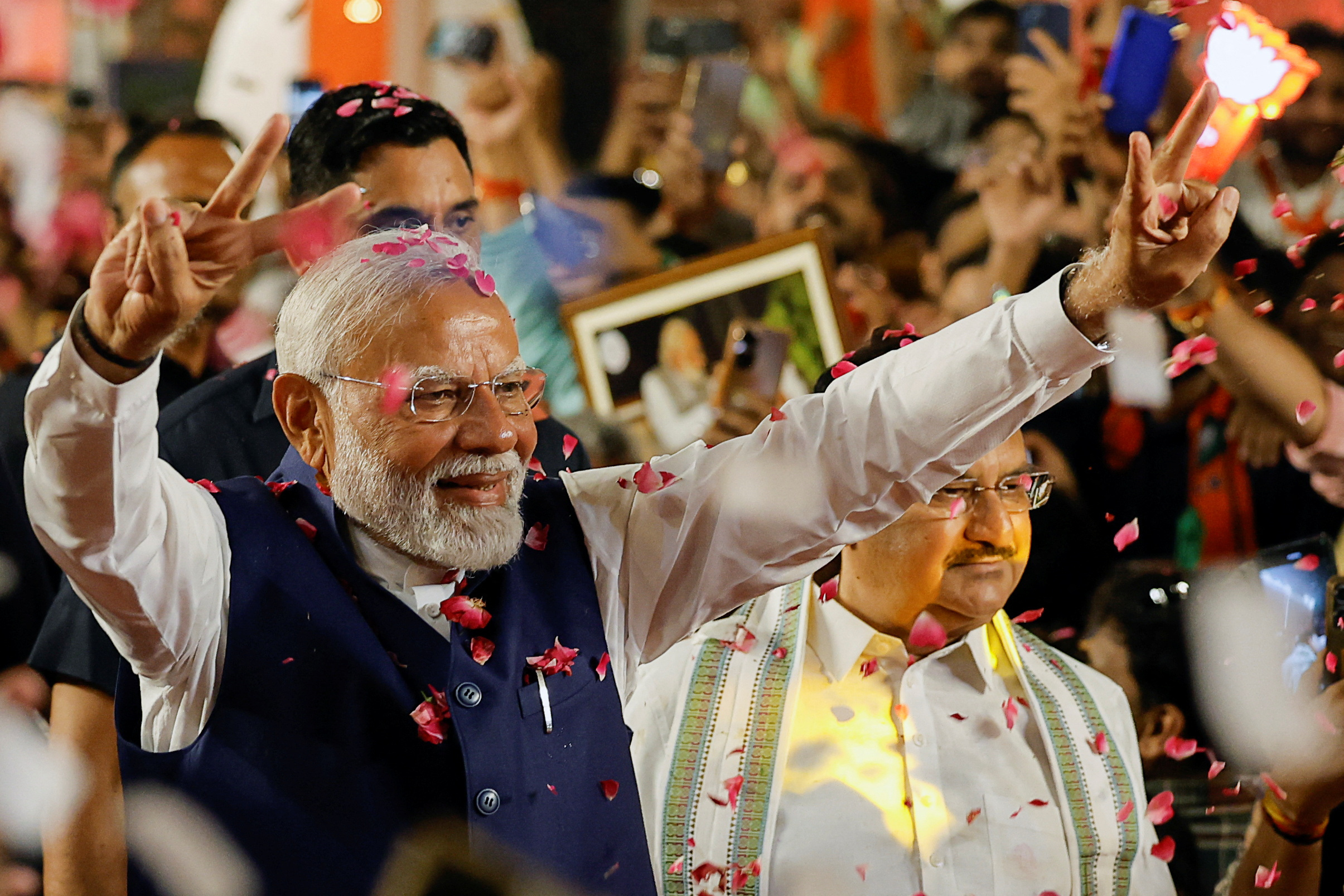Laos, officially known as the Lao People’s Democratic Republic, is a country located in Southeast Asia. It operates as a one-party socialist republic. Here is some information about the election system in Laos:
- President: The President of Laos is the head of state and government. The President is elected by the National Assembly, which is the country’s legislative body. The National Assembly consists of 149 members, and they elect the President from among their members.
- National Assembly: The National Assembly is the highest legislative body in Laos. Its members are elected through general elections held every five years. The number of seats in the National Assembly is determined by the ruling party and other participating parties. Candidates are selected by the Lao People’s Revolutionary Party (LPRP) and other approved organizations.
- Electoral System: The electoral system in Laos is based on a single-party system. The LPRP, which is the ruling party, plays a dominant role in the political landscape. The party’s candidates are typically endorsed and approved for election. Voters have the option to either approve or disapprove of the candidates in the general elections.
- Village and Municipal Elections: In addition to the National Assembly elections, Laos also holds elections at the local level, such as village and municipal elections. These elections allow citizens to elect their representatives at the grassroots level. The village and municipal authorities are responsible for local governance and decision-making.
- Voter Eligibility: Lao citizens who are at least 18 years old have the right to vote in elections. Voter registration is required, and eligible voters must be included in the electoral rolls to participate.
It is important to note that Laos is a one-party socialist republic, and the Lao People’s Revolutionary Party (LPRP) holds significant political power. The political system in Laos operates within the framework of this party’s leadership.



